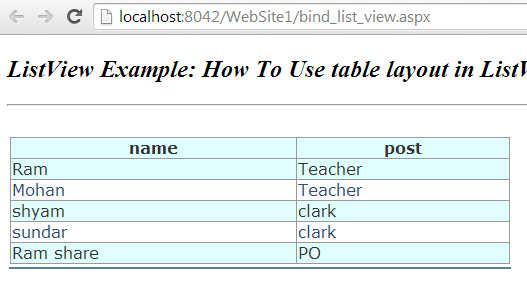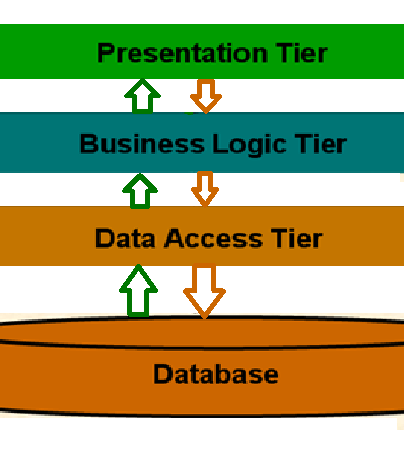Derivation of the Term Boilerplate
Derivation of the Term Boilerplate
In the 19th century, a boiler plate referred to a plate of steel used as a template in the construction of steam boilers. These standardized metal plates reminded editors of the often hackneyed and unoriginal work that ad writers and others sometimes submitted for publication.
The legal profession began using the term as early as 1954, when an article in the Bedford Gazette criticized boilerplates because they often included fine print designed to modify or waive provisions established by the law.
In 2016, businesses typically use boilerplate's that include clauses designed to protect the business. These clauses are generally not up for negotiation with customers, who often sign boilerplate documents without reading or understanding them.
This type of boilerplate, written by a party with superior bargaining power and presented to a weaker party, is often called an adhesion contract in the legal profession. Courts may set aside provisions of such contracts if they find them unconscionable.
In the 19th century, a boiler plate referred to a plate of steel used as a template in the construction of steam boilers. These standardized metal plates reminded editors of the often hackneyed and unoriginal work that ad writers and others sometimes submitted for publication.
The legal profession began using the term as early as 1954, when an article in the Bedford Gazette criticized boilerplates because they often included fine print designed to modify or waive provisions established by the law.
In 2016, businesses typically use boilerplate's that include clauses designed to protect the business. These clauses are generally not up for negotiation with customers, who often sign boilerplate documents without reading or understanding them.
This type of boilerplate, written by a party with superior bargaining power and presented to a weaker party, is often called an adhesion contract in the legal profession. Courts may set aside provisions of such contracts if they find them unconscionable.


Comments
Post a Comment